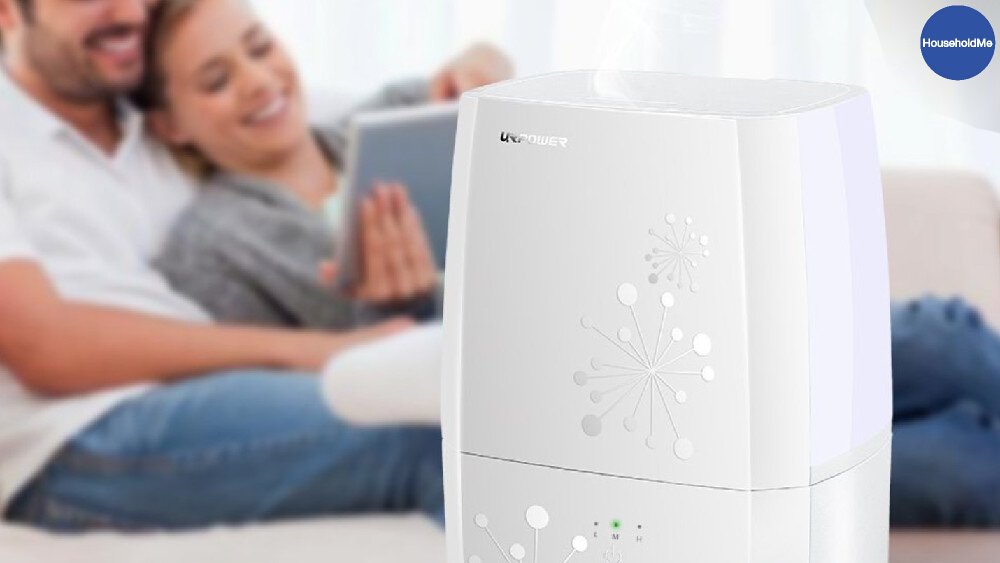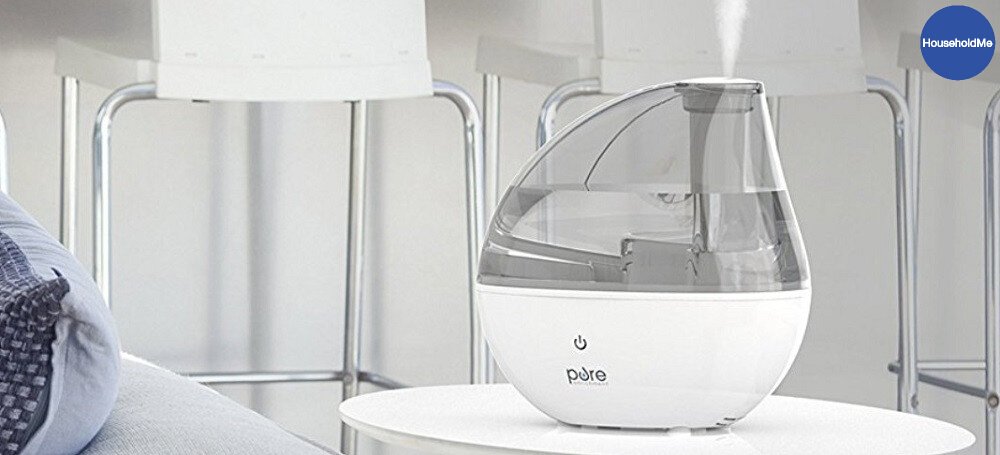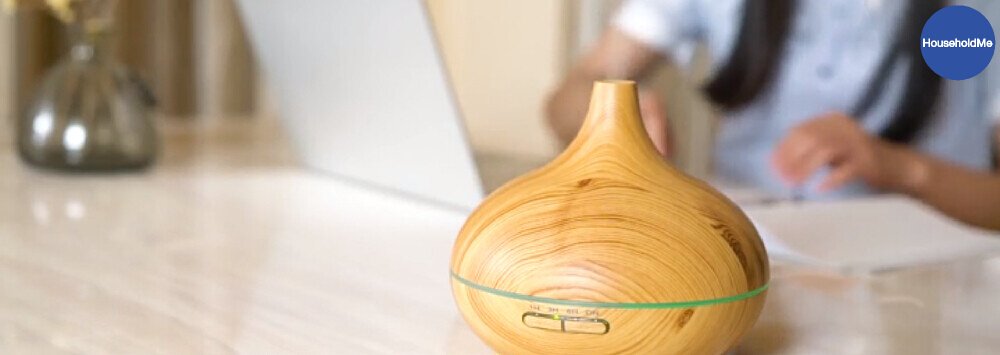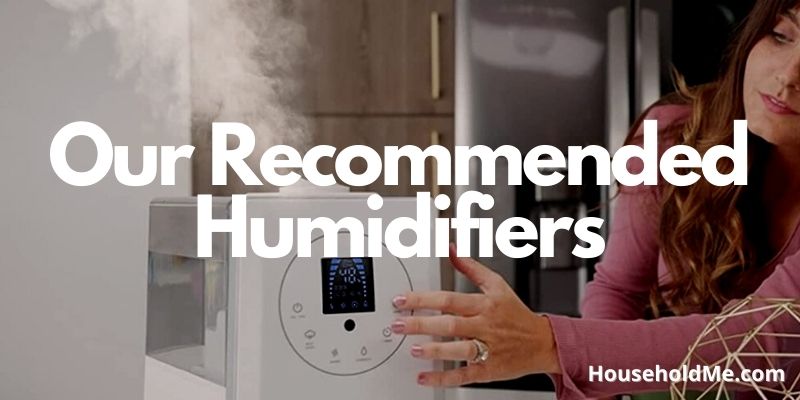It’s important to keep your humidifier clean. Failing to do so can lead to the humidifier not working very well. Certain elements can become clogged, or they can degrade, which damages the functionality of the entire unit.

More importantly, however, is that your humidifier needs to be disinfected because if it isn’t, there is a strong chance that it could spread potentially harmful bacteria in the air, leading to minor – but annoying – illnesses such as the common cold.
Sometimes, though, if a humidifier hasn’t been disinfected for a very long time, the contaminants being put into the air are even more unfortunate, and these can lead to things like having a really bad cough, a high fever, and even lung disease.
While those particular illnesses are uncommon, it’s safe to say that cleaning out your humidifier is still a really good idea. And, it only takes a couple of minutes! There really isn’t anything to lose by taking the time to clean out and disinfect your humidifier, to ensure that the unit continues to work and that the air remains clean.

Step 01: Clean The Filter
First things first, unplug your humidifier and then take out the filter. Bring it over to the sink and turn on the cold water. Keep it under the cold water for three minutes.
Cold water allows you to wash away the dirt, grime, stains, among other things, that tend to be found in humidifier filters. Don’t use any kind of cleaning solution or chemical cleaner, because these chemicals are known to damage these kinds of filters.
Step 02: Clean The Water Tank
Take out the water tank in your humidifier and pour out all of the old water into the sink. Then, take three cups of vinegar and pour it right into the tank. Shake the tank around a little bit, allowing the vinegar to cover both the bottom and the sides of the tank. Let the vinegar sit for at least one hour.
Vinegar helps to loosen any of the buildups that may be at the bottom of the water tank. When the hour is up, take the time to rinse the tank with cold water. You should use a scrub brush to reach some of the grime and dirt located deeper in the tank.

Step 03: Wipe Down The Rest Of The Humidifier
Using a wet sponge, wipe down the rest of the humidifier. Make sure to get some of the harder-to-reach sections. Then, use a dry washcloth to dry those sections off.
Step 04: Use Bleach To Disinfect The Water Tank
Take a gallon of water, and pour it directly into the water tank. Then, add a single teaspoon of bleach. Let this sink into the water tank for thirty-minutes to one-hour, at the most, allowing it to destroy and sanitize any bacteria or germs that may be lurking in the water tank.
Don’t do this step without having done the previous steps. The tank must not have any big chunks of dirt or grime, and it must be rinsed thoroughly, before you do this.
When an hour, or less, has passed, pour out the water and bleach and then use cold water to rinse out cleaning solution thoroughly.

Step 05: Swish Peroxide Around
Take a bottle of peroxide and pour it into a small cup – a small glass cup will work just fine – and then pour that cup into the tank. Do this three times. Once you’ve poured three cups of peroxide into the water tank, swish it around. It should cover the bottom of the tank, as well as the sides of the tank.
Just like the other parts of this process, let it sit for one hour, and then pour it out, and rinse thoroughly with cold water.
Things To Remember
The process you have just read about is the easiest and most effective of cleaning and disinfecting your humidifier. If you follow those steps, you will get rid of any and all germs and bacteria – along with dirt and grime – that happens to be in your humidifier. This greatly decreases the risk of your air becoming filled with nasty contaminants that can easily lead to illness.

Here are three things to remember, though, about cleaning a humidifier.
In Times Of Heavy Use, Clean Every Three Days
Do a small clean every three-days, and a deep clean every two-to-three weeks. This keeps the air quality good.
Keep The Space Around The Humidifier Dry
Bacteria and mold can easily grow around those damp spots, which would not be good for the humidifier or your air quality.
Change the Water Frequently
Mineral deposits form when the water hasn’t been changed in a while, and these mineral deposits can be very difficult to remove if left there.


If you have any questions or comments, please add them below in the comment section. Similarly, please let us know if you spot any mistakes or omissions. Thanks!
